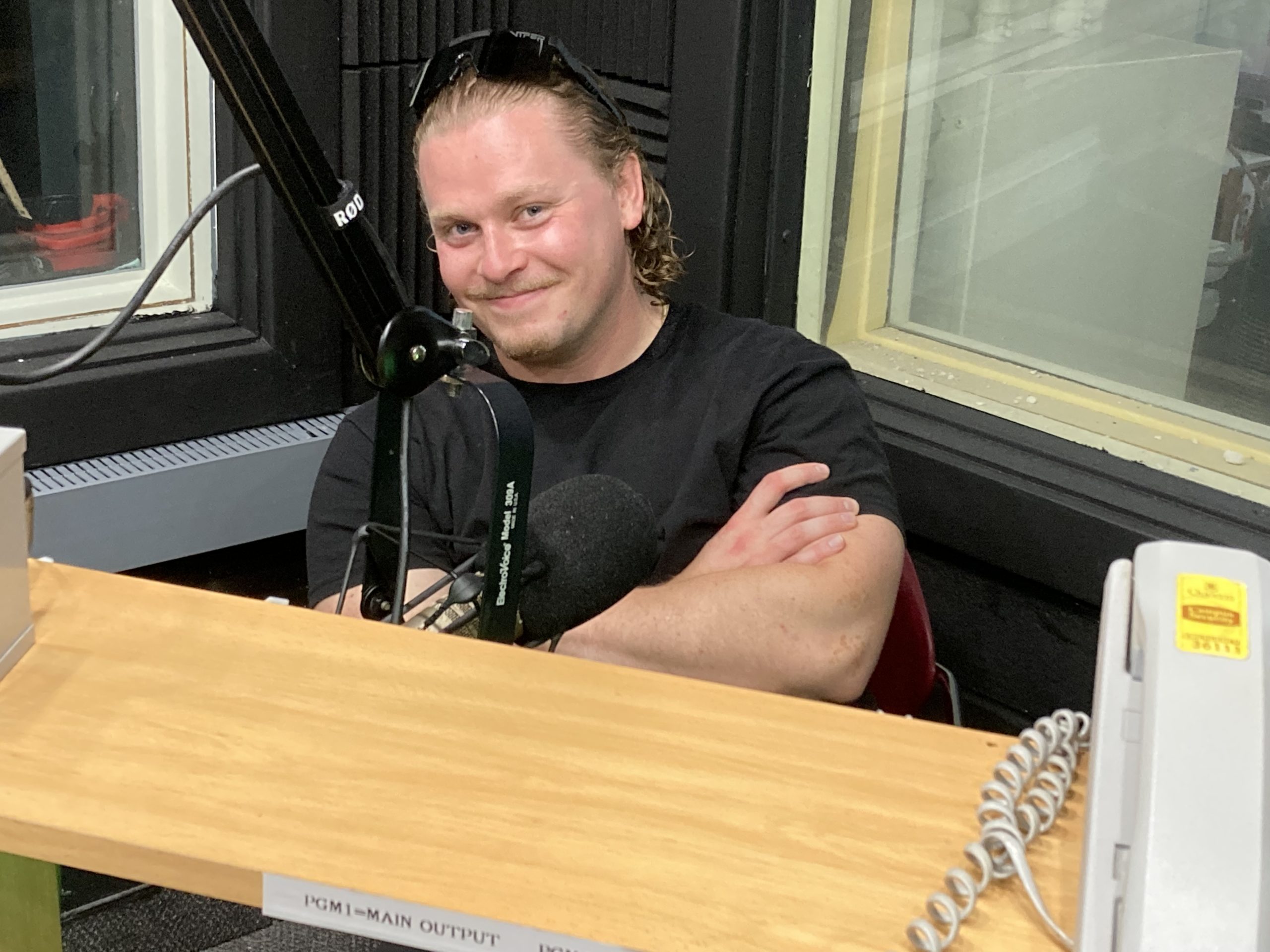

OR in other words – Precisely and Reliably Capturing Tiny Liquid Volumes
The challenge of pipetting small volumes, i.e., sub-microliter amounts, is ubiquitous among the fields of biology, chemistry, and engineering. While accurately and precisely pipetting at the sub-microliter level is indeed a dilemma, the issue is further compounded when dealing with non-aqueous solutions, e.g., biofluids, non-volatile organics, and volatile organics, especially at non-ambient conditions, i.e., elevated or lowered temperatures. Furthermore, given a suitable sub-microliter pipetting technique that accommodates these challenging liquids and their idiosyncrasies, the technique should be potentially automatable, or integrable with automation, for use with assay development and high-throughput screening. My research project aims to circumvent some of the issues associated with handling small volumes of challenging liquids in a manner that is compatible with existing automation systems, namely modified 3D printers and a commercially-available pipetting robot. By using cheap stock materials and pre-existing automation systems, this project will develop a novel “pipetting” technique that reproducibly meters nanoliter-scale liquid volumes for subsequent proof-of-concept testing with an automated well plate-based assay
